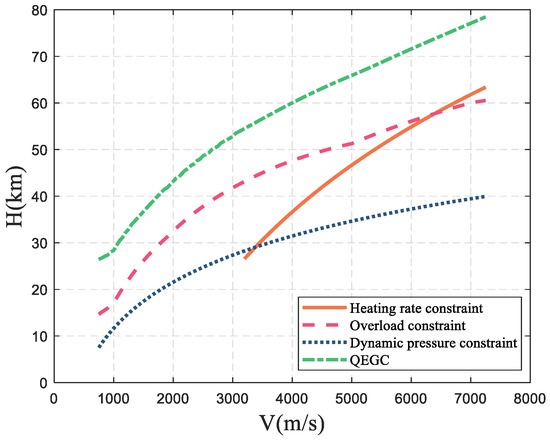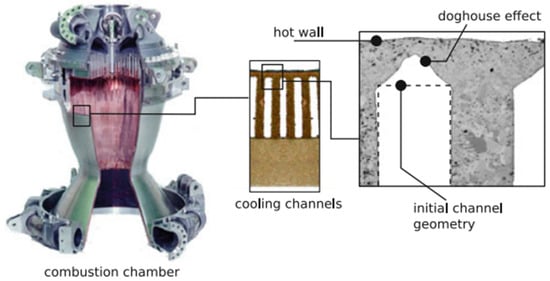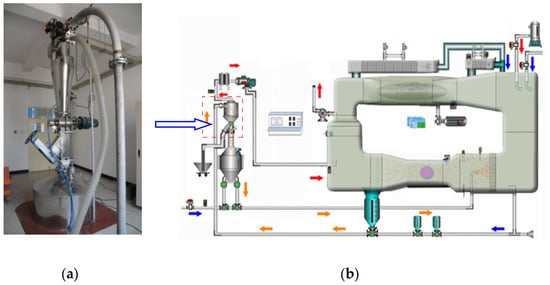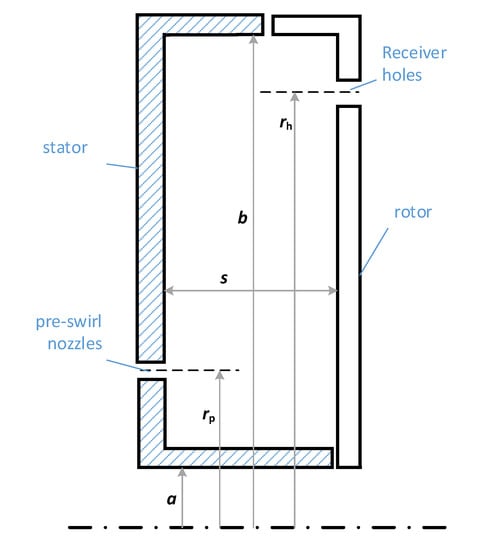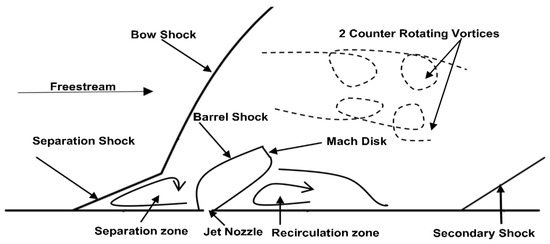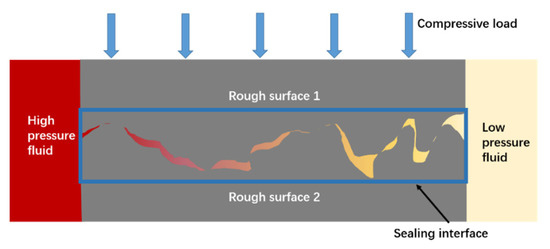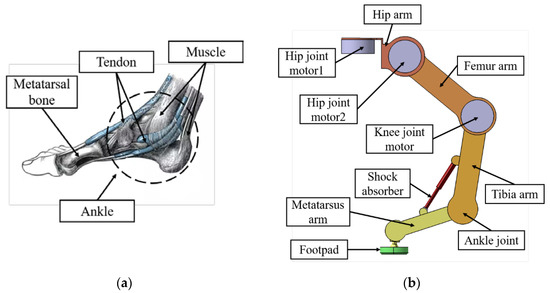Aerospace 2022, 9(12), 790; https://doi.org/10.3390/aerospace9120790 - 3 Dec 2022
Cited by 3 | Viewed by 2036
Abstract
To improve the flexibility of the trajectory and the diversity of the drop point of the reentry vehicle, a flight capability assessment method based on a dynamics–informed neural network (DINN) is proposed. Firstly, the concept of a reachable domain is introduced to characterize
[...] Read more.
To improve the flexibility of the trajectory and the diversity of the drop point of the reentry vehicle, a flight capability assessment method based on a dynamics–informed neural network (DINN) is proposed. Firstly, the concept of a reachable domain is introduced to characterize the flight capability of the reentry vehicle and to estimate whether there are appropriate TAEM points in the area. Secondly, after the impact characteristic analysis, the reachable domains corresponding to different initial flight states are obtained through moderate dynamic simulations and reasonable mathematical expansion. The flight states and boundary point positions of the reachable domain are used as the training database of DINN, and the acquired DINN can realize the fast solution of reachable domains. Finally, the effectiveness of DINN in solving the reachable domain is verified using simulation. The simulation results show that DINN manifests the same accuracy as the existing solving methods and can meet the demand of determining whether the target point is located in the reachable domain. Additionally, the running time is shortened to one–800th of the existing methods, reaching the millisecond level, to support real–time assessment and decision–making. A predictor–corrector guidance algorithm with the piecewise objective function is also introduced. The simulation results illustrate that the proposed algorithm can stably guide the vehicle from the initial state points to the target points in the reachable domain.
Full article
(This article belongs to the Special Issue Learning-Based Intelligent Control in Aerospace Applications)
►
Show Figures
